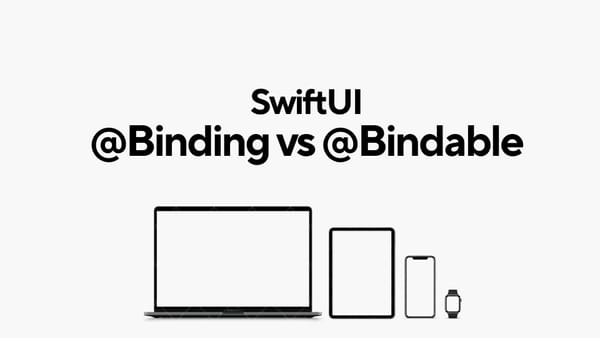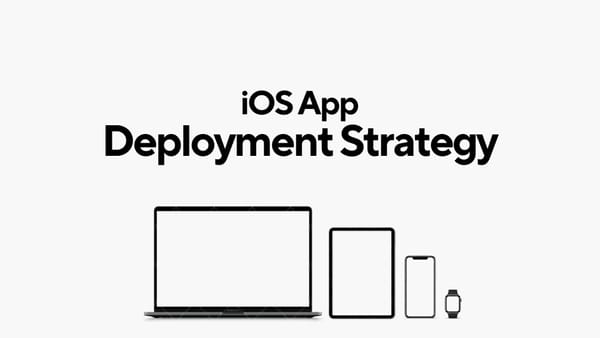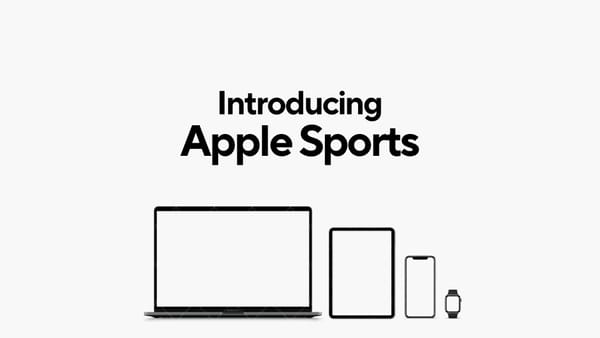Getting Started with iOS App Development

Getting started with iOS app development involves a series of steps to set up your development environment, learn the necessary tools and frameworks, and start building your first app.
Developing iOS apps involves using Xcode as the integrated development environment (IDE), along with Swift as the programming language. SwiftUI and UIKit are frameworks for building user interfaces.
Here's a beginner-friendly step-by-step guide on how to get started on iOS App Development:
1. Obtain the Apple Hardware and Software:
Hardware:
Ensure you have a Mac computer, as Apple's development tools are designed to run on macOS.
Software
Install Xcode
Xcode is the official integrated development environment (IDE) for iOS app development. Make sure you have a Mac computer running macOS.
Download and install Xcode from the Mac App Store. It includes everything you need to start building iOS apps.
Create an Apple Developer Account
To deploy apps to a physical device or submit them to the App Store, you need to sign up for an Apple Developer account.
2. Learn the Basics of Swift programming language
Swift Playgrounds:
Swift Playgrounds is an interactive way to learn Swift. You can find it on your Mac or iPad. It provides a playful environment to experiment with Swift code.
Familiarize yourself with the Swift programming language. You can find it on your Mac or iPad.
Online Resources:
Explore online resources such as Swift.org and AppDevTutorials.com on platforms to deepen your understanding of Swift and iOS apps.
- Swift.org: Official Swift documentation and resources.
- Swift Playgrounds app: Interactive learning on an iPad.
3. Understand iOS App Architecture
Model-View-Controller (MVC)
Learn the basics of the MVC design pattern, which is commonly used in iOS app development.
4. Get Started with UIKit
UIKit Fundamentals
Start with UIKit, the traditional framework for building iOS interfaces.
- UIKit Documentation: Official documentation.
- Online courses and tutorials on platforms like Udacity, Coursera, or Ray Wenderlich.
Build Your First App
Create a simple app using UIKit to understand the basics of views, view controllers, and navigation controllers.
5. Explore SwiftUI
SwiftUI Essentials
SwiftUI is a modern framework for building user interfaces. It is more declarative and user-friendly compared to UIKit.
- SwiftUI Tutorials: Official SwiftUI tutorials.
SwiftUI by Example
Build small projects to understand how SwiftUI works. Learn about views, modifiers, and data binding.
6. Master Xcode
Xcode Basics
Understand the features and tools provided by Xcode for debugging, code navigation, and interface design.
Interface Builder
Learn to use Interface Builder for designing app interfaces visually.
7. Dive Deeper
Networking
Understand how to make network requests using URLSession or third-party libraries like Alamofire.
Core Data
Learn the basics of Core Data for data persistence in your apps.
Advanced UI Components
Explore more complex UI components like Collection Views, Table Views, and Gesture Recognizers.
8. Build Real-world Projects
GitHub
Explore open-source iOS projects on GitHub to learn from real-world examples.
Personal Projects
Start working on your projects, solving problems, and implementing features.
9. Stay Updated
Apple WWDC
Watch Apple's Worldwide Developers Conference (WWDC) videos for the latest updates and best practices.
Blogs and Communities:
Follow iOS development blogs, forums like Stack Overflow, and participate in the developer community.
10. Continue Learning and Building
Consider reading books on iOS development or taking comprehensive courses on platforms like Udemy, Coursera, or Stanford University's iOS development course.
Remember, iOS development is a continuous learning process, and practice is crucial. Stay curious, explore new technologies, and don't hesitate to seek help from the community when needed. Good luck on your iOS development journey!



